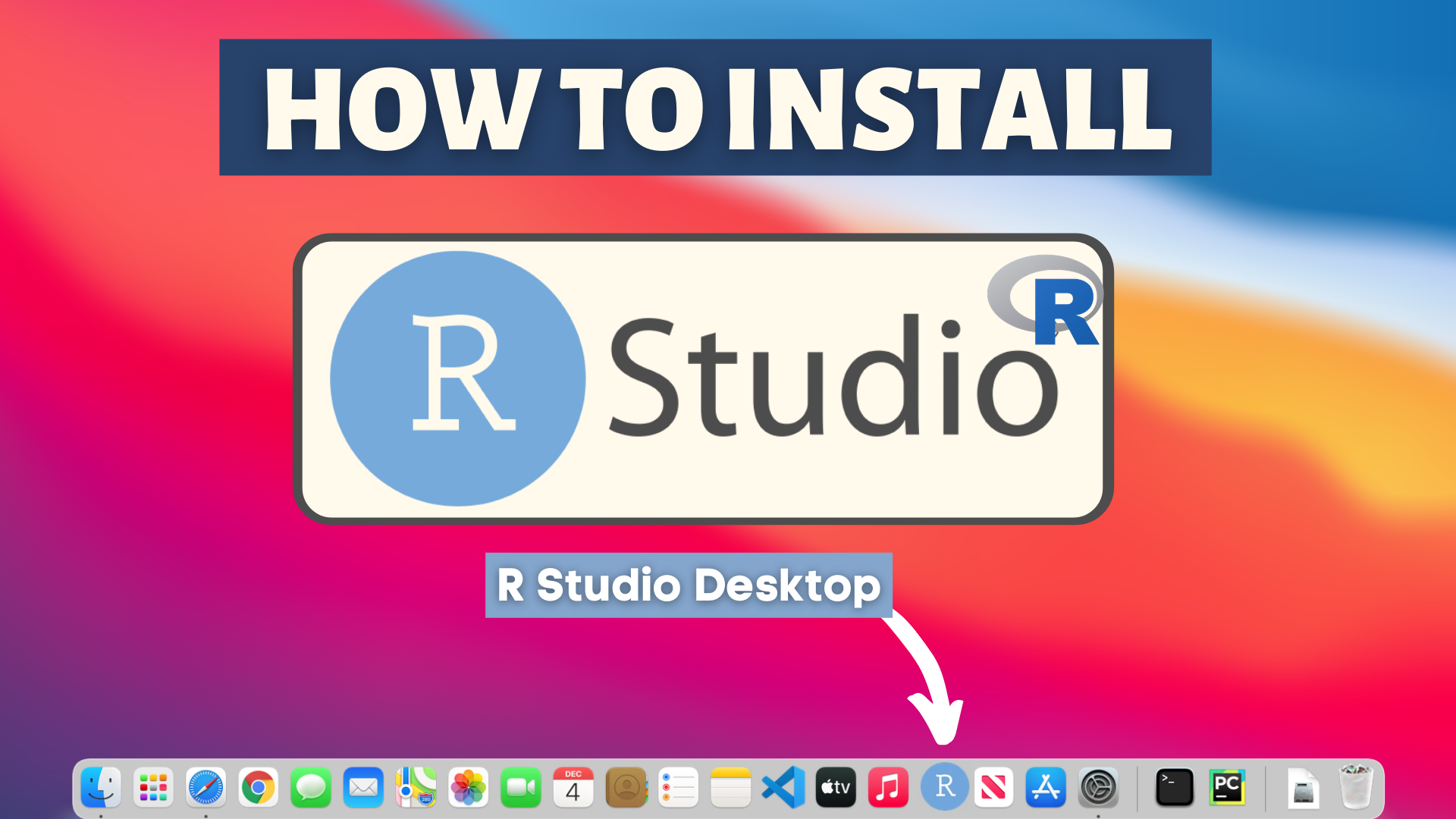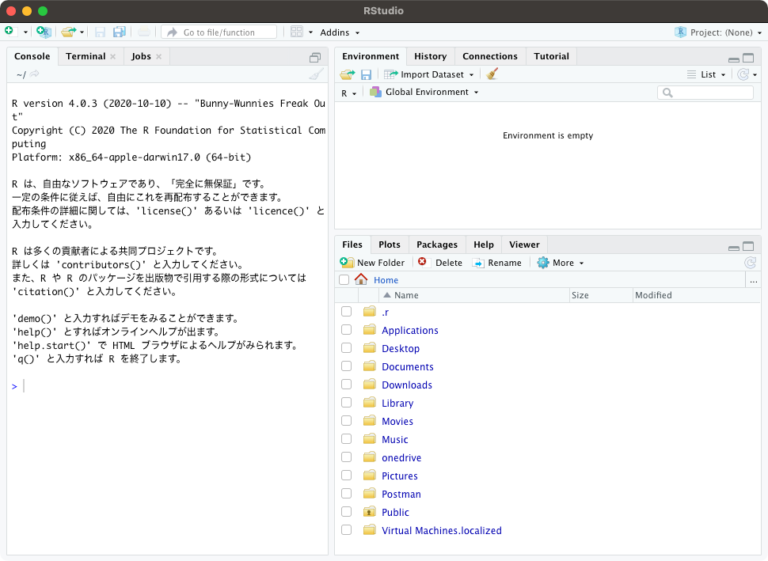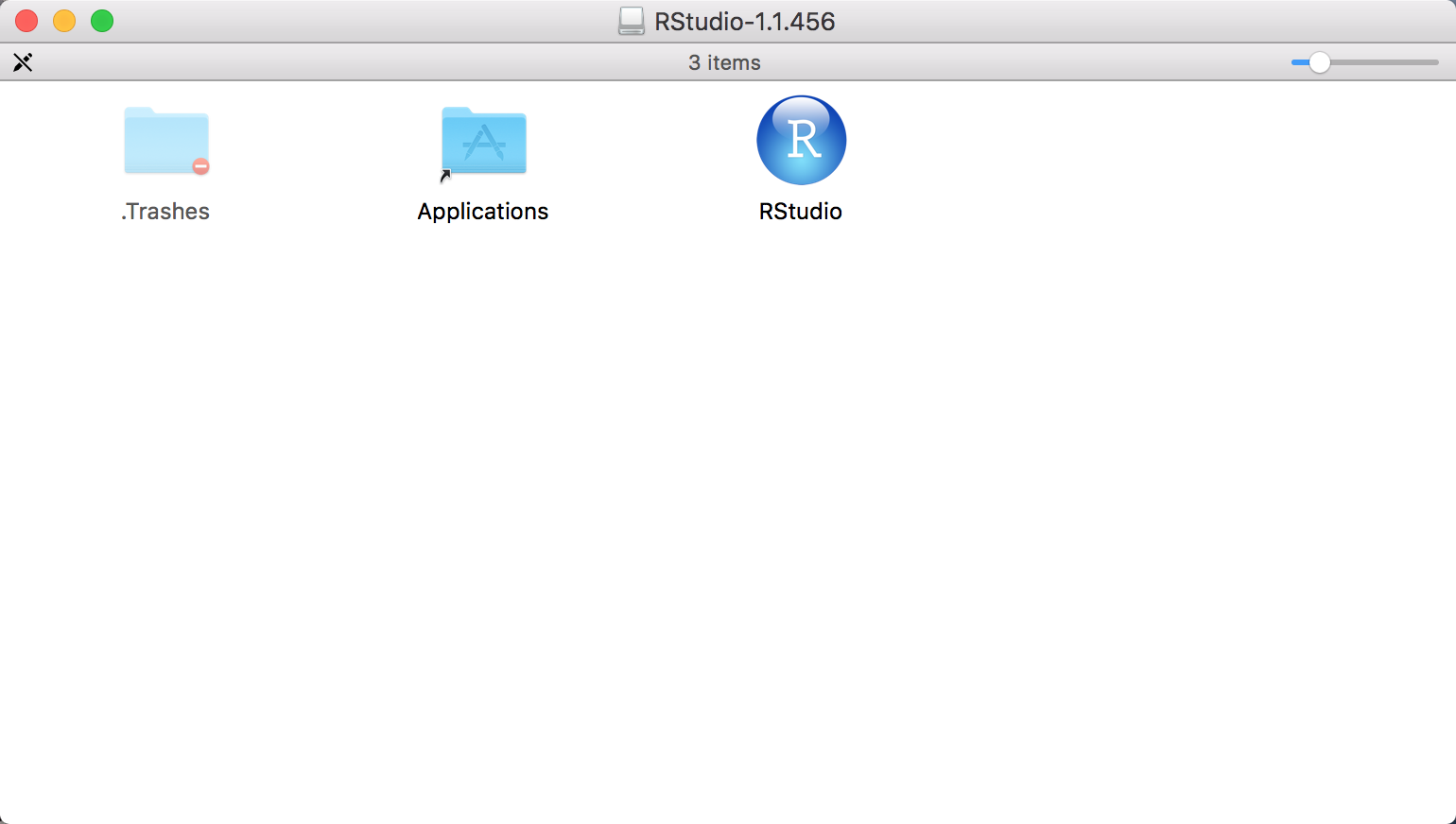

There's also a history tab with a list of your prior commands what's handy there is that you can select one, some or all of those lines of code and one-click to send them either to the console or to whatever file is active in your code editor. The top right window shows your workspace, which includes a list of objects currently in memory. Any lines of code that are run from the editor window also appear in the console. That's the R code editor allowing you to create a file with multiple lines of R code - or open an existing file - and then run the entire file or portions of it.īottom left is the interactive console where you can type in R statements one line at a time. The top left window is where you'll probably do most of your work.
#RSTUDIO FOR MAC TUTORIAL FREE#
Although you don't need the free RStudio IDE to get started, it makes working with R much easier. I also like its four-pane workspace, which better manages multiple R windows for typing commands, storing scripts, viewing command histories, viewing visualizations and more. It's got useful features you'd expect from a coding platform, such as syntax highlighting and tab for suggested code auto-completion. However, I'd suggest also installing the free R integrated development environment (IDE) RStudio. Installing R is actually all you need to get started. It runs on Windows, OS X and "a wide variety of Unix platforms."

#RSTUDIO FOR MAC TUTORIAL INSTALL#
it returns another "tibble" instead of a vector.To begin using R, head to to download and install R for your desktop or laptop. Like most people, you were probably not aware that when imported using this feature, your "File" is not a data frame, hence indexing does not work properly i.e. Would it be possible at least to give an option to import data as a data frame? You could still make tibbles the default, but at least people would be aware what class it This is the reason for your problem. Of course it is always possible to convert the tibble to a data frame after import, but that rather destroys the convenience of this feature. I am sure that Camilla is not the first, and will not be the last to be tripped up by this. It is particularly insidious since tibbles appear the same as data frames in the environment pane, and this support article does not even mention that the data is imported as a tibble. Currently it imports files as one of these "tibble" things, which screws up a lot of legacy code and even some base R functions, often creating a debugging nightmare. The Import Dataset dropdown is a potentially very convenient feature, but would be much more useful if it gave the option to read csv files etc. The final step is to click "Import" to run the code under "Code Preview" and import the data into RStudio, the final result should look as follows:

We can fix this by selecting "numeric" from the column dropdown.

The file is looking better but some columns are being displayed as strings when they are clearly numerical data. We can clean this up by skipping 6 rows from this file and unchecking the "First Row as Names" checkbox. Notice that this file contains to tables and therefore, requires the first few rows to be removed. Importing using "From Text (base)" enables importing text files using the base package, this is helpful to preserve compatibility with previous versions of RStudio.įor example, one can import with ease an xls file from by pasting this url and selecting "Update".


 0 kommentar(er)
0 kommentar(er)
